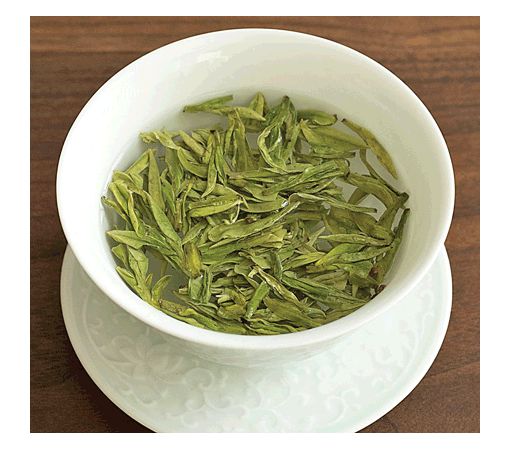
“Tea comforts the spirit, lightens the body and adds sparkle to the eyes.” —Shennong
In Chinese medicine during the Tang and Song dynasties, the medicinal effects of tea were recommended for curing and preventing many ills. Tea was believed to dissolve fats and assist with digestion. Because of its antioxidant effects, the health benefits of tea can contribute to longevity by stimulating heart function, strengthening the immune system, and preventing cellular mutations.
Many years ago, with the many trade routes, various words were used to refer to tea. The countries to which tea was brought by a sea route used words that began with the letter T. So it was tea in English, tee in German, the in French, and te in Italian. The first shipment of tea to Europe came ashore from a Dutch trading ship in the port of Amsterdam in 1610. The Dutch subsequently shipped tea to Italy, Germany, and Portugal.
Although some are drinking their morning coffee, others are enjoying their morning tea. Maybe you enjoy both tea and coffee at different times of the day and that is good. Sometimes I taste a tea that is so refreshing that I savor every swallow. And then I try to purchase the tea. My favorite remains Bigelow Earl Grey decaf which I enjoy every single day. No other Earl Grey tea I have tried tastes the same as the Bigelow Earl Grey decaf.
The domestic cultivation of tea began in the Fourth Century with the first plantation, probably in Schuan Province in China. China has a rich cultural history and is where gunpowder, printing, and the compass were invented. China down through the centuries, has made tea a way of life. Some largest tea plantations are found in Kenya and in Argentina. The average life span of a tea tree is from 30 years to 50 years.
Tea long has been a part of commercial exchange since the Sixth Century. Pounds of tea were exchanged for animal skins and for horses. In Tibet tea was endowed with significant spiritual value and it was enhanced with salt, yak butter, and goat’s milk. In Morocco, the custom of drinking mint tea became popular in the 19th Century. In 1910 Thomas Sullivan invented the tea bag.
In the United States, tea production is mainly in Hawaii, the state of Washington, and in the Carolinas. Tea was introduced to Hawaii in 1887. The Hawaii Tea Society was formed in 2004 with many who had begun backyard tea farms to promote tea production there.
In 1945, Ruth Campbell Bigelow went into her New York brownstone kitchen to create a better cup of tea than the early colonial recipe she had found. She created the tea “Constant Comment” which was my father’s favorite tea. When she began, the family only could afford a single-color label for the tea. In 1955, Bigelow Tea moved from New York to Connecticut near the Norwalk River where the new factory was established.

Wikipedia photo
There is afternoon tea or High Tea as the august British traditions suggest. Some of the happiest hours of afternoon dining are having High Tea at the Claridge Hotel, at the Ritz Hotel Empire Room and at Fortnum & Mason department store, all in London.
Oh to savor a hot cup of aromatic tea while seated as if there were not a care in the world worth considering: To enjoy the small sandwiches and scones and desserts presented on a three-tier plate stand; to hear the violin or piano player or the string quartet play melodious music; to converse with multi-nationals seated nearby; to use linen napkins and silver spoons and to feel that life, indeed, can be gracious, unhurried, and sweet.

